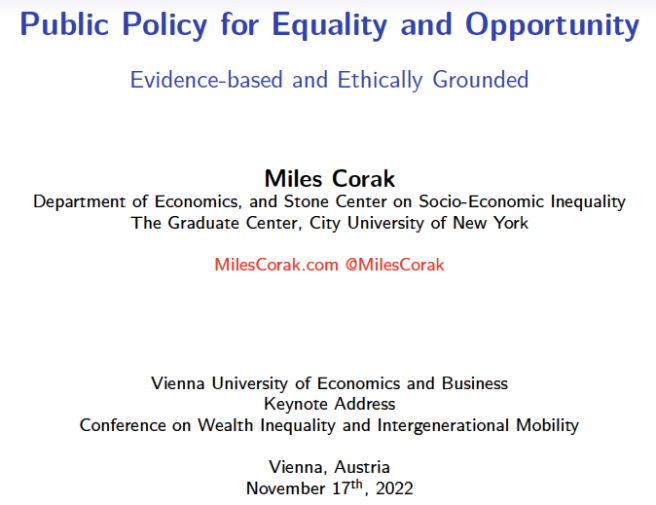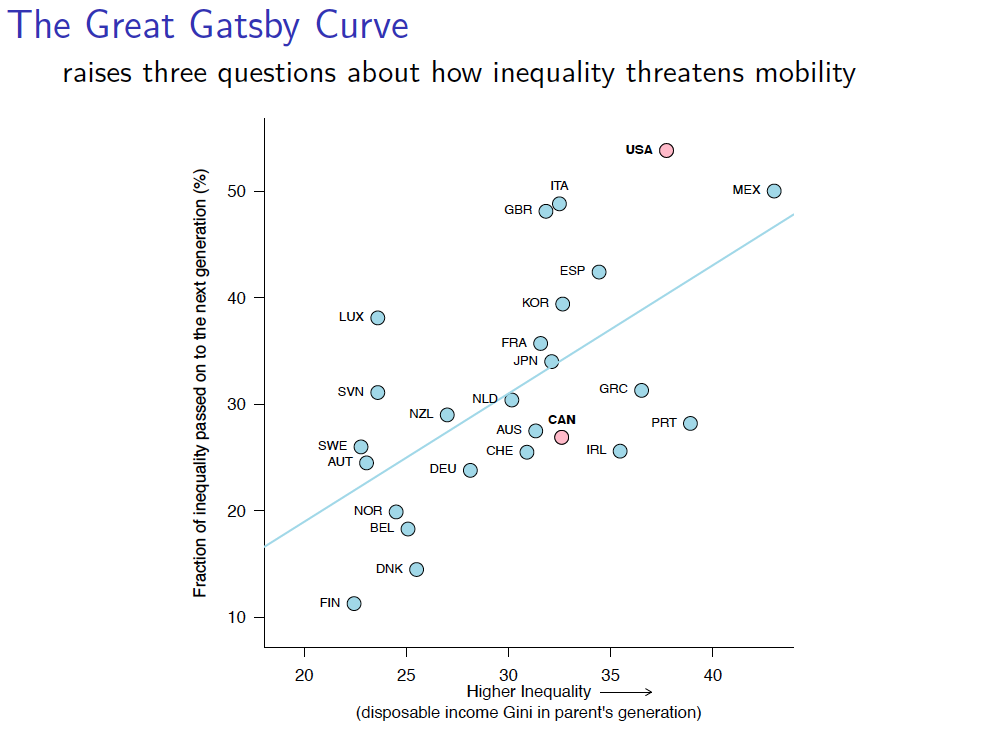The Canada Emergency Wage Subsidy can reasonably thought of as an experiment not to be repeated. This post is an excerpt from the conclusion to my forthcoming paper called “The Canada Emergency Wage Subsidy: First steps, missteps, and next steps.” Download a copy and read the full paper.
The Canada Emergency Wage Subsidy as an employer-based response to the pandemic intended to prevent business closures and prevent layoffs was certainly a program constructed in haste, but perceived to be necessary in the face of limits in the capacity of better designed existing programs, particularly the national unemployment insurance program.
Even so, the program was not informed by fundamental lessons from economic theory. It was not addressed to the fixed costs that actually determine business closures; it did not recognize that a subsidy nominally directed to worker payroll can be shifted to other purposes; and it was not, or in principle could not be, targeted on the margin, on businesses that would indeed have closed in the absence of support. This implies that the job losses actually prevented are much lower than the actual payroll covered, each person-month of employment saved costing $25,000 according to one estimate.
Income support of this magnitude paid directly to affected workers would likely not be considered politically acceptable among informed citizens, and it is therefore hard to imagine that the program would pass any reasonable cost-benefit analysis.
Going forward it will also be important to recognize the practical considerations that shaped, and perhaps even motivated, this program. Their downsides should be recognized. They call for policy makers to be as concerned with program delivery as they are with program design, offering ongoing investments in the modernization of physical and human capacity to deliver benefits.
One positive consequence of the Canadian experience is that these investments have been promised to overcome limitations in the capacity of the country’s unemployment insurance program. The expectation should be that in the future this program will play an even bigger role should it be necessary, particularly provisions within it designed to promote work-sharing which reduces the reliance on layoffs by offering benefits for adjustments to work-hours.
The practical experiences during the pandemic also call for policy makers to recognize that programs may interact and should be designed to complement each other. Other programs, notably the Canada Emergency Response Benefit, making real-time direct payments to individuals suffering income losses, were in some measure a substitute for the Canada Emergency Wage Subsidy, which was slower out of the starting gate and undersubscribed when it mattered most to the most vulnerable businesses during the first weeks and month of the pandemic. Success in making direct transfers to individuals to some degree made the wage subsidy less relevant, delays in getting it off the ground made it less necessary.
Finally, the practical considerations of public policy also call for policy makers to avoid policy drift, the development of vested interests that can prolong the duration of a program after its need has passed, or pervert its intent by informing it design. This calls for increased reliance on programs designed as automatic stabilizers, rather than on discretionary interventions.
[This post was updated on December 9th, 2021 with a link to the final version of the paper, also available here: https://milescorak.files.wordpress.com/2021/12/corak-2021-american-enterprise-institute-canada-emergency-wage-subsidy.pdf ]



